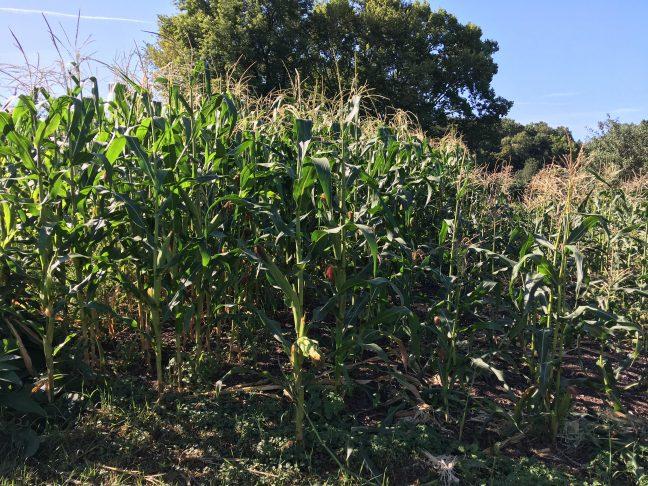Indigenous communities and scientists are working together to create a set of guidelines for using plant genetic resources, Department of Horticulture teaching faculty member Claudia Calderón said in a Science and Technology Studies Lunch Seminar on Thursday.
The University of Wisconsin is partnering with Indigenous communities from Mexico and Wisconsin — as well as scientists from Mexican universities — to create the set of guidelines, Calderón said. The group is also working to develop best practices for respectful scholarship and to create materials that include Indigenous knowledge around the use of seeds.
The importance of the project can be seen in a case study from Oaxaca, Mexico, according to Calderón. The UW Ané lab studied Oaxacan maize crops which, when combined with bacteria, form a gel that leaks from their roots. This gel allows the maize to obtain nitrogen — a fertilizer — from the air.
The study of this strain of maize created scientific interest in self-fertilizing crops, and some companies wanted to patent the idea. But Calderón said patenting this information would undermine the Indigenous knowledge that went into the discovery.
Instead of patenting the strain of maize, the project is working to include Indigenous knowledge in the understanding of self-fertilizing plants. International treaties addressing fair access to plant genetic resources haven’t worked as successfully in the past, Calderón said.
When scientists travel for their research, they often are not the experts on the region they’re studying, Calderón said. These scientists often work with Indigenous communities to come up with research questions and to solve them, but the research often doesn’t attribute the local communities the scientists rely on.
Calderón said when scientists don’t include Indigenous ways of knowing, they are limiting their research potential.
In order to combat this, Calderón said scientists and Indigenous communities should work together to combine Western and Indigenous science. Western science is often dominated by knowledge production and is typically in written form, but Indigenous knowledge often centers oral traditions. Indigenous knowledge is also closely tied to biodiversity, Calderón added.
“When we see how many areas are inhabited in the world by Indigenous people and we overlay on that map the areas that have the most biological diversity, we can see a very close relation,” Calderón said.
According to Calderón, traditional Indigenous territories cover over 25% of the global land surface, but they contain 80% of the world’s biodiversity. She said this amount of biodiversity in Indigenous territories demonstrates that Western scientists need to value information from different ways of knowing.


